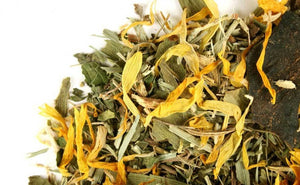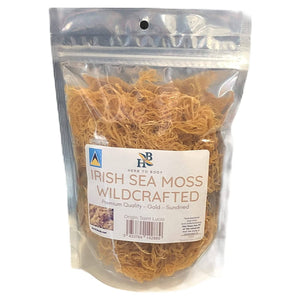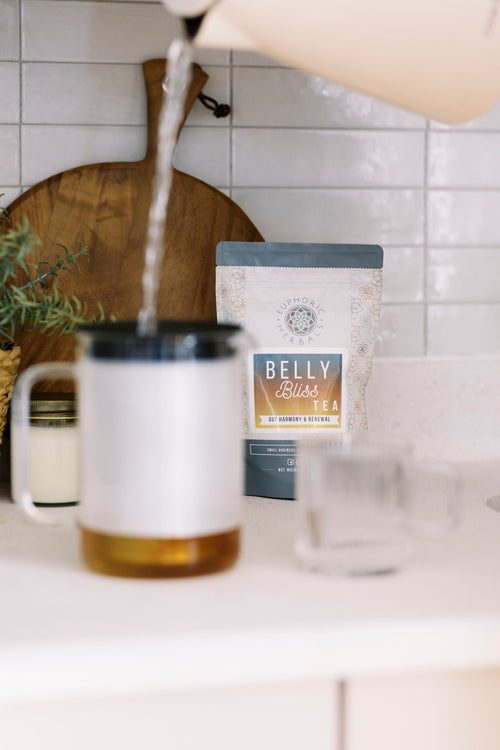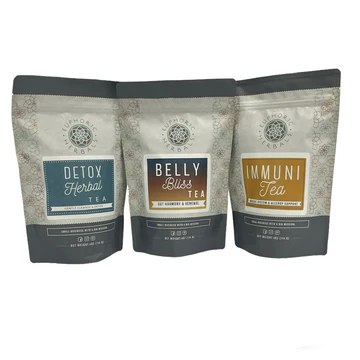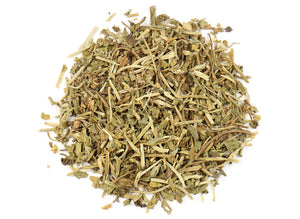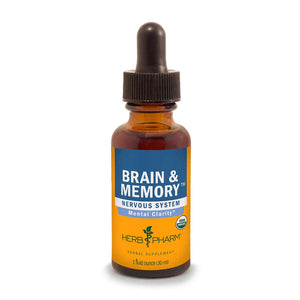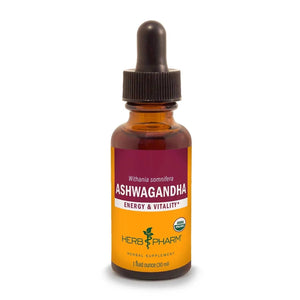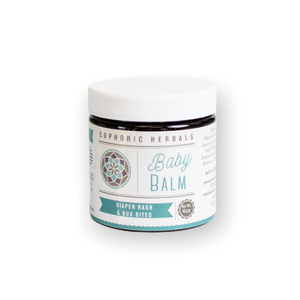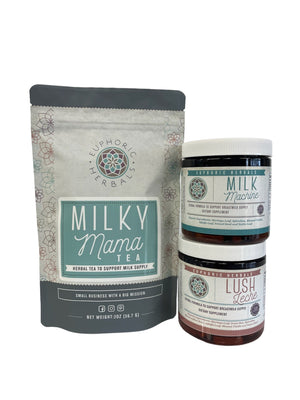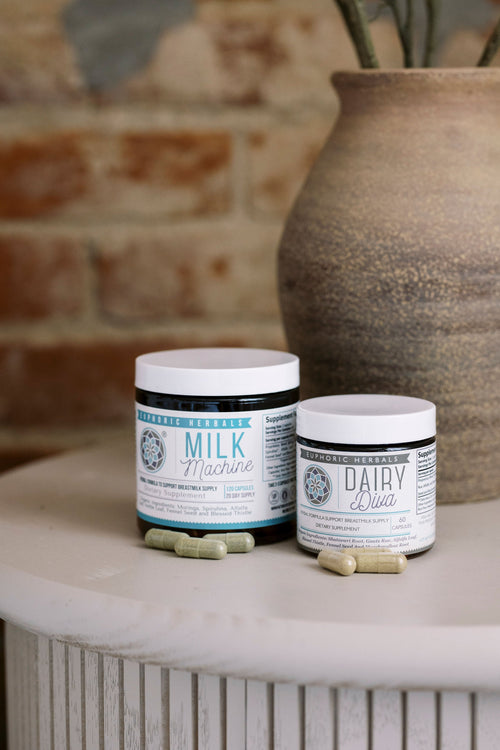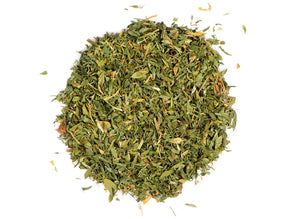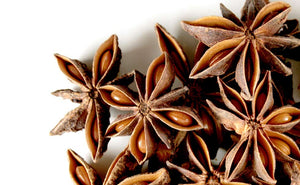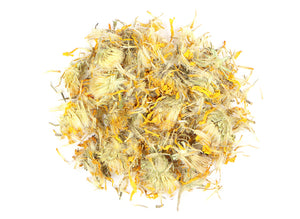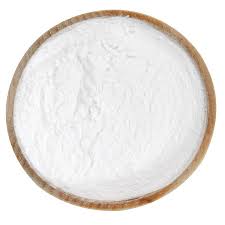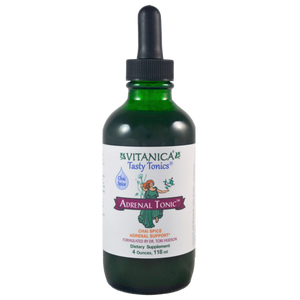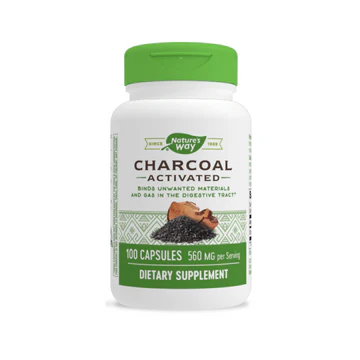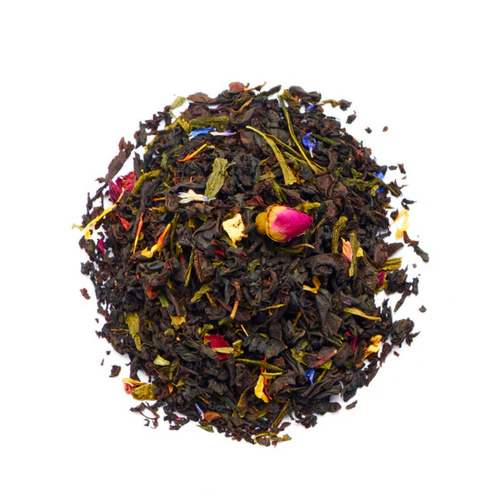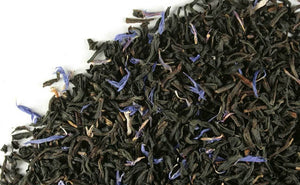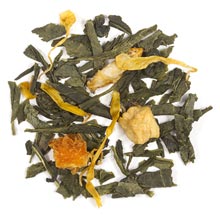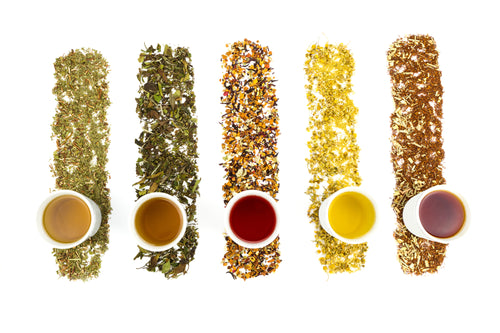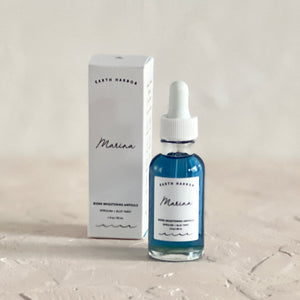It seems to happen with increasing frequency. New moms who have just given birth are provided with nipple shields while they are still in the hospital.
This seems to occur regardless of whether the hospital staff is certain that nipple shields are needed and without giving the new mom all of the information she might need to use nipple shields effectively.
Did this happen to you? Are you still using nipple shields for breastfeeding several weeks or even months after you delivered? If so, then you may be looking for tips regarding how to wean your baby from using this equipment.
Let's take a closer look at what nipple shields are, why they might be used, and how to wean your baby off of them.
What Is a Nipple Shield?
Nipple shields are not a new invention. Moms have used them for centuries. However, today's version of the nipple shield typically is made out of thin, flexible silicone rather than the glass, lead, or rubber that was used in earlier decades.
Before nursing, the nipple shield is placed over the mother's nipple to encourage a better latch for a baby who is having difficulty with breastfeeding. A hole is found at the tip of nipple shield through which breast milk may flow.
In general, nipple shields are recommended for temporary use in an effort to establish good breastfeeding habits or to help ensure that breastfeeding is ongoing for as long as mother and baby wish.
The nipple shield provides a firmer stimulus to the roof of your baby's mouth than your nipple alone would. The shield stimulates the baby's mouth at the precise point where the hard and soft palate meet.
Here are some of the situations in which use of a nipple shield may prove helpful:
- Extra stimulation is needed for baby's sucking reflex
- Baby is struggling to learn how to breastfeed
- Baby is premature
- Mom has flat or inverted nipples or very soft breasts
- Baby has a retracted tongue or tends to thrust his tongue while feeding
If any of these situations apply to you, then using nipple shields may represent a valuable opportunity for your baby to learn how to properly breastfeed. This technique further may allow your baby to get more nourishment directly from your breast, and this may minimize your need to express milk. Perhaps most importantly, use of nipple shields keeps you breastfeeding for a longer time.
Nipple Shields Are Not the Only Solution

Nipple shields can be extremely helpful for moms and babies who are experiencing frustration while breastfeeding. Still, it is not the end-all and be-all when it comes to solutions for breastfeeding.
It is wise to work with a certified lactation consultant who can offer guidance and advice with regard to positioning and attachment as well as other possible problems. Remember that nipple shields do not actually correct any underlying problems, so these will still need to be addressed.
It may be that all that is required is a slightly different position or more frequent skin-to-skin contact. Both of these techniques may encourage your baby to achieve an effective latch that ensures comfortable breastfeeding and also provides plenty of nourishment.
Is Baby Getting Enough Food?
When breastfeeding comes with challenges, it is only natural for new moms to worry that their baby isn't getting all of the nourishment that she needs. This means it's necessary to watch for certain clues that your baby is getting enough to eat.
For example, be certain to count how many wet diapers your baby produces in a day. A good rule of thumb is at least six soaked diapers in any 24-hour period. Be on the lookout for stool three times each day up the age of five or six weeks. After this period, stool will be produced slightly less often. Still, it should be plentiful and loose.
It further may be helpful to regularly weigh your baby. A minimum of putting your baby on the same scale every two weeks is recommended. When it becomes clear that he is gaining consistently and well, you can probably weigh him less frequently.
You also can check for whether or not your baby is getting enough food during nursing sessions by watching and listening for swallowing. If you're not noticing regular swallowing, then it may be that your baby isn't getting enough food.
Pay attention to how your breasts feel after a feeding as well. They should be significantly softened at the conclusion of the nursing session. If they still feel firm, then it may be necessary to express milk to keep your supply coming in. This further can be a critical step to help you avoid plugged ducts.
Weaning Baby from Nipple Shields

Keep in mind that nipple shields are only a temporary solution. Eventually, your baby will need to adjust to breastfeeding without them. This can be much more easily said that done in most situations.
However, you can begin to take small steps toward life without nipple shields. For instance, you might begin by encouraging your baby to latch on with a wide open mouth, even when the shield is still being used. The wider your baby's mouth is, the better opportunity he will have for achieving a good latching.
This can be trickier than it sounds. Baby's mouth should be shaped like a fish's lips or a rose petal. If they tend not to do this, then you may need to use your finger to flip his lips open. It may be helpful to wait until he yawns to attempt latching.
Also, take care to ensure that your baby's body is completely facing yours. It's best if he doesn't have to turn his head to nurse.
Here are a few more tips that may assist with weaning baby off of nipple shields:
- Pump your breasts for a few minutes before feeding as this guarantees baby a faster reward.
- Before offering your breast, stick your finger with the nail facing downward into your baby's mouth to train him to properly position his tongue for breastfeeding without the nipple shield.
- Try nursing while rocking, swaying, bouncing, or walking.
- Place a small amount of expressed breast milk or formula on your nipple before you begin nursing.
- Try more frequent breastfeeding, watching for the early signs of hunger to head off frustration.
- Provide more skin-to-skin contact during breastfeeding and at other times throughout the day.
When Weaning Becomes Frustrating
Some babies are able to be weaned from using nipple shields with relative ease and quickness. However, these cases are the exception rather than the rule.
Weaning from nipple shields can be frustrating for both mom and baby. That's why it's crucial that you call on all of your patience and take your time with the weaning process.
If you are trying to breastfeed without nipple shields and baby gets fussy and angry, then put the nipple shield in place and proceed with feeding. You can always try again at the next nursing session, which should be pretty soon since you're feeding so often.
If you try a weaning technique like beginning a feeding with a nipple shield and then trying to quickly remove the shield and getting baby to reattach a few minutes into the feeding and it only seems to cause frustration, then perhaps it is time to try a different technique.
Above all, keep in mind that a lactation consultant is your ally in breastfeeding. Get the support and guidance you need to ensure a rewarding experience for you and baby.
Ensure Your Milk Supply with Euphoric Herbals
At Euphoric Herbals, we understand that breastfeeding can be both a joyous experience and an ongoing frustration. We're here to help breastfeeding parents by providing all-natural, organic teas and capsules that support breast milk production and help to keep you and your little one healthy and flourishing.
Browse our many offerings today to find a product that will help your family along its breastfeeding journey.






